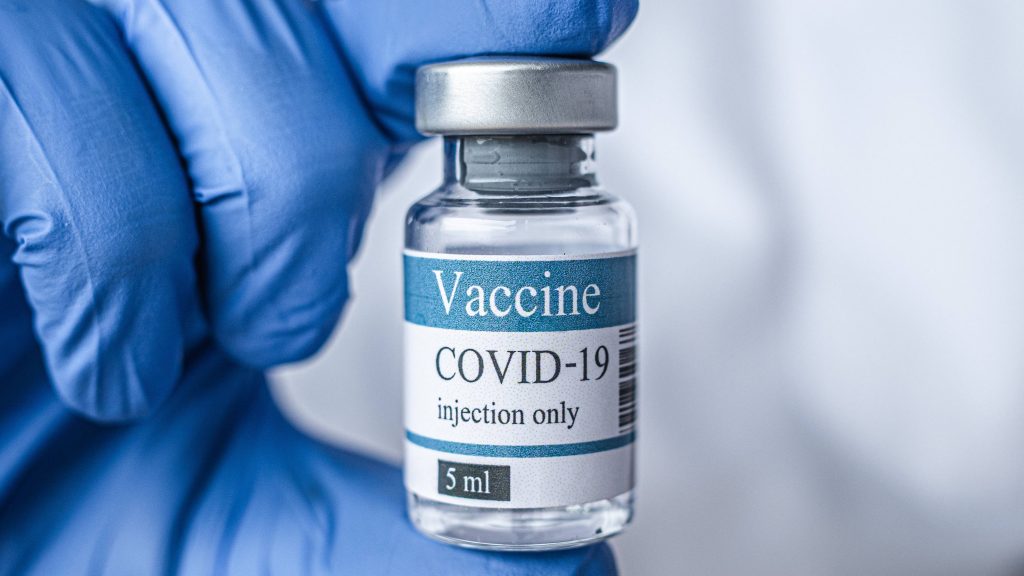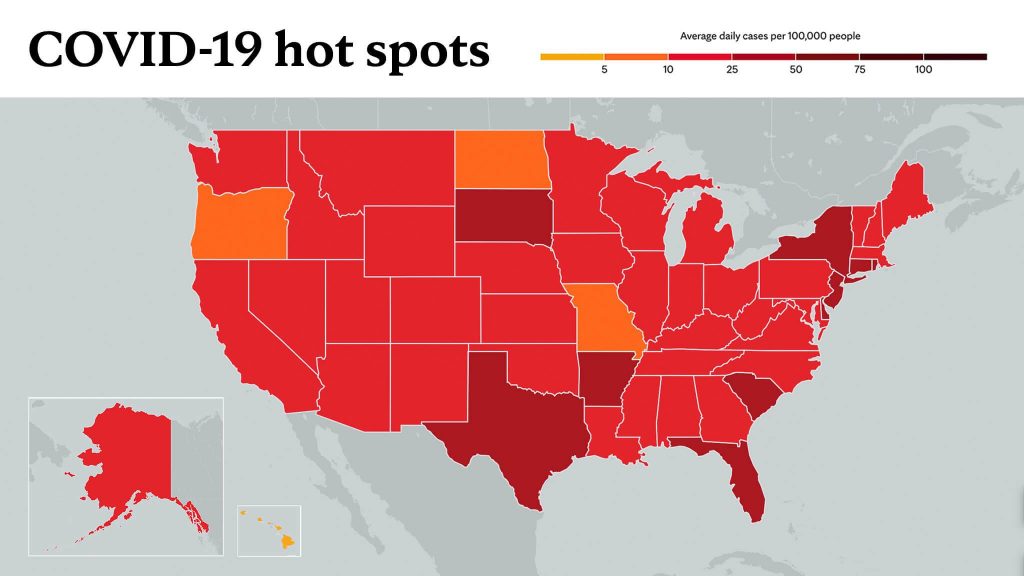
The Food and Drug Administration has granted emergency use authorization for a new COVID-19 vaccine developed by Janssen Pharmaceuticals Inc., a subsidiary of Johnson & Johnson. The announcement means the U.S. now has three vaccines that effectively prevent severe COVID-19.
Unlike the first two vaccines authorized for emergency use from Pfizer-BioNTech and Moderna, which are based on messenger RNA, Janssen Pharmaceuticals' vaccine is an adenoviral vector vaccine.
Watch: Dr. Melanie Swift answers questions about the new COVID-19 vaccine.
Journalists: Broadcast-quality sound bites with Dr. Swift are available in the downloads. Please courtesy "Melanie Swift, M.D./COVID-19 Vaccine Allocation and Distribution/Mayo Clinic."
In this Q&A, Dr. Melanie Swift, co-chair of Mayo Clinic's COVID-19 Vaccine Allocation and Distribution Work Group, answers questions about how the new vaccine works, its effectiveness and significance:
How does the new COVID-19 vaccine work?
Adenovirus vaccines are not really new. We have already used them for things like the Ebola vaccine. An adenovirus vaccine is a virus that has been altered so that it can't make you sick and it can't replicate. It has a special bit of genetic code that has been inserted into it that, in this case, causes your body to make the spike protein.
In the end, what you get is your body makes the spike protein and you develop the immune response to that spike protein ― exactly like one would with the Pfizer-BioNTech and Moderna vaccines.
The significance of the new vaccine is it's a single dose, and it can be stored effectively at refrigerator temperatures for a longer period of time. It doesn't have to go into frozen storage the way the messenger RNA vaccines do. That makes it much easier to deploy to a wider variety of places.
Is the new COVID-19 vaccine as effective as other COVID-19 vaccines?
What people should know is that it is a very effective vaccine. We already had two highly effective vaccines on the market, so people try to compare them, but you really can't compare them. They were studied in different places at different times. And the new vaccine was studied in places where there were a lot of the new variant strains coming out. But it still showed very high effectiveness ― 85% ― at preventing severe COVID-19 and there were no deaths in the vaccine group who received the vaccine. That's just phenomenal.
It's important that people know that immunity is not an on-off light switch. It's more of a dimmer switch. Even if there's less immunity than optimal, it's still not like you haven't had the vaccine. You still have protection.
Which COVID-19 vaccine should people get?
People really should take whichever vaccine is available to them. You can't compare these vaccines head to head because they were tested in different circumstances. They are all highly effective. The upside of this new vaccine is it's only one dose. When you get that second dose of the messenger RNA vaccines ― Pfizer-BioNTech or Moderna ― you have a higher rate of side effects than with the first dose. The nice part about this new vaccine is you don't get as many side effects as you do with the others, and it's also much more convenient not to have to schedule that second visit.
A COVID-19 vaccine is one tool to help slow the spread of the virus, along with masking, social distancing and hand hygiene.
_______________________________
For the safety of its patients, staff and visitors, Mayo Clinic has strict masking policies in place. Anyone shown without a mask was either recorded prior to COVID-19 or recorded in a nonpatient care area where social distancing and other safety protocols were followed.
Information in this post was accurate at the time of its posting. Due to the fluid nature of the COVID-19 pandemic, scientific understanding, along with guidelines and recommendations, may have changed since the original publication date.
For more information and all your COVID-19 coverage, go to the Mayo Clinic News Network and mayoclinic.org.
Learn more about tracking COVID-19 and COVID-19 trends.








